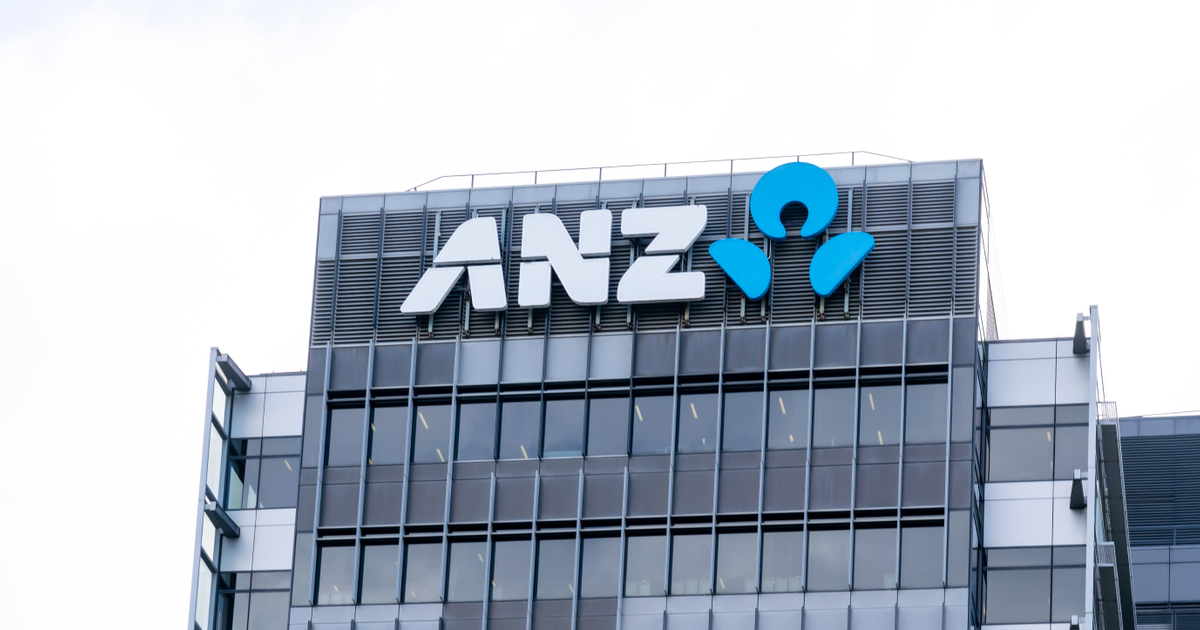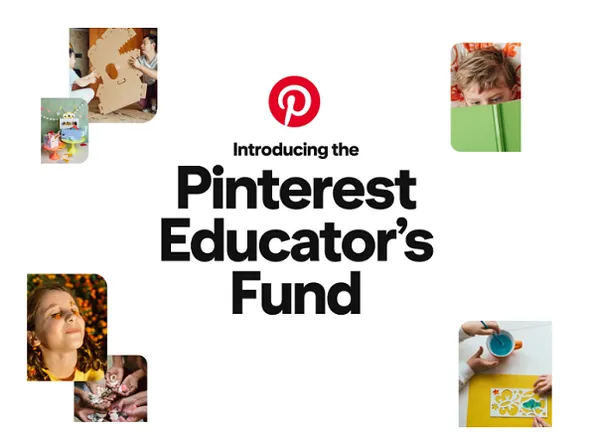Former Procter & Gamble CEO Ed Artzt, famous for 1994 digital wake-up call, dies at 92
Artzt was disappointed agencies didn't heed his call, which predicted much of the future of U.S. media.

Edwin Artzt, the former chairman and CEO of Procter & Gamble Co. perhaps best known in the marketing world for his 1994 wake-up call speech warning of the coming disruption that subscription-based and interactive media would bring, died on April 6. He was 92.
Artzt also is remembered by former colleagues and subordinates as a controversial tough guy whose competitive fierceness was tempered by a kind heart.
His successor, former P&G Chairman-CEO John Pepper, sees Artzt’s biggest contribution to P&G as building a global presence that set the stage for the company’s rapid move into Eastern Europe in the early 1990s and his role as a recruiter and teacher of P&G talent.
Snoozing on the wake-up call?
Artzt’s speech to the 4A’s conference in 1994 was specifically directed at getting ad agencies to take notice of the growing threat that network interest in subscription models and the rise of video gaming posed to ad-supported TV.
In a 2014 interview with Ad Age and an oral history compiled in recent years in a conversation with Pepper, Artzt expressed disappointment in how agencies responded.
Some, such as Y&R, now part of WPP’s VMLY&R, focused on expanding into public relations and business consulting to get out of the way of the threat, Artzt said in his oral history. Other focused more on cashing out by selling themselves to largely European holding companies, Artzt said.
“Apparently there was a willingness to turn this threat of what do we do about the future over to bigger entities,” he said in the Ad Age interview. Still, Artzt said the industry largely responded in ways that saved ad-supported media.
His predictions, developed with help from former P&G executive Bob Herbold, who would shortly afterward go to work for Microsoft, drew heavily from interviews with network executives about their plans for subscription-based and interactive shopping networks.
Given that they came months before Netscape launched its web browser and years before social media reshaped digital media, those predictions missed plenty of what would ultimately happen. But they also outlined in remarkably prescient detail the rise of time-shifted and on-demand viewing as it emerged in today's connected TV industry.
Getting back to 90% reach
At the time, Artzt said, TV made up 90% of P&G’s $3 billion ad budget, which enabled its brands to reach 90% of their targeted audience six or seven times weekly. He predicted rightly that TV ad rates would soar as ad-supported TV audiences disappeared into subscription and ad-free media such as video gaming, making it harder for P&G brands to reach their audiences.
Only in the past year has P&G Chief Brand Officer Marc Pritchard talked about brands getting back to that 90% reach target of Artzt’s day. And that’s been through a painstaking planning and buying process to cobble together audiences with help of streaming TV networks, other digital media, and radio—and increasingly handling work in-house and bypassing ad agencies that didn’t quite respond as Artzt had hoped.
In his recently published oral history with Pepper, Artzt said one of his hopes was that agencies would shift to developing advertiser entertainment content that would be carried by subscription video services—something akin to what happened in radio and the early days of TV but never has on a major basis with CTV.
But, certainly, P&G responded to Artzt’s call, and by 1999 was named Ad Age’s Interactive Marketer of the Year largely for its own development of the Future of Advertising Stakeholders Summit.
“Ed Artzt was a visionary leader who recognized the potential of interactive and digital marketing long before it became mainstream,” said Pete Blackshaw, the digital brand manager who headed FAST, later becoming chief digital officer of Nestle and now CEO of Cintrifuse, which backs Cincinnati-based startups. Blackshaw read Artzt’s speech while he was at Harvard Business School and it was among the factors that brought him to P&G.
Phone records controversy
Artzt previously had become famous, or infamous, in 1991 for convincing authorities to turn over phone records of calls to Wall Street Journal reporter Alecia Swasy in an effort to root out leaks behind her reporting, which was later compiled in the book “Soap Opera.” The book was highly critical of Artzt and P&G, but Artzt later acknowledged it was a mistake to go after the phone records.
“I don’t think it had a lasting effect,” beyond a few weeks of controversy, Pepper said. “I don’t think it ever had any impact whatsoever in the key areas of recruiting or customer relations.”
Artzt was nicknamed “The Prince of Darkness,” which some colleagues said reflected his temper, but he said came from his habit of working late. One of the more famous quotes from Swasy’s reporting: “I certainly don’t want to have a short trigger with people and not give them a chance. But sure I’ve cleared out deadwood. Probably some of it was still breathing when it was cleared out.”
The rivalry that wasn’t
“He was a warrior,” Pepper said, but also a man of kindness that isn't exactly captured by that quote. “I don’t think we could have had a better CEO from 1990 to 1995,” he said.
Pepper said this despite the belief by many in the 1990s that he himself had been a candidate for the CEO post that went to former P&G CEO John Smale, along with characterizations in Swasy’s book and among some P&G alums that he and Artzt were rivals.
That Pepper spent considerable time over recent years helping Artzt assemble his oral history certainly suggests no rivalry persisted, and Pepper denies it ever existed. “There was never any rivalry,” Pepper said. “Early in my career it was just a deep respect that grew into affection.”
Despite speculation in the 1990s that Pepper might leave for another company after Artzt’s promotion, Pepper said, “That was never something that I considered.”
‘A maniac on brand equity’
Certainly Artzt was an intense competitor, said former P&G Global Brand Officer and now independent consultant Jim Stengel. “He was just a maniac on brand equity, competitive standing and brand positioning,” he said.
Stengel recalled seeing that firsthand when he was associate ad manager on Crisco and Puritan working under Artzt, who objected to newly launched Puritan being positioned as “the healthy oil,” which he felt would undermine the bigger Crisco brand. Stengel said he got a call from Artzt one Sunday telling him he’d be joining him in a meeting at Grey Advertising in New York the next day to talk about how the agency would handle Crisco’s health positioning.
In another case, when Wesson launched shortening that undercut Crisco by 50 cents per unit and P&G executives were resisting cutting list prices to match, Artzt summoned them one Friday to demand they get the list price down on shelf by 50 cents by the next Monday, Stengel said.
But Artzt was also personable and kind, Stengel said. He recounted being told by Artzt in 1985, when Stengel was a newly minted assistant brand manager, to handle a Jif appearance on a telethon in Atlantic City for a juvenile diabetes charity, because the disease had affected Artzt’s family and Jif was helpful for diabetics.
Stengel recalled being interviewed during around 2 a.m. during the live telethon about peanut butter, with his parents in the audience, having driven over from Lancaster, Pennsylvania.
“And then Artzt came over, and he was absolutely charming with my parents and with me,” Stengel said. “That was a side of him too, for sure.”
Attila the trainer
Artzt did study Attila the Hun and admired him, not for his brutal conquest of much of Eurasia, but for the way he used oral history to teach people under him, Pepper said. That oral history approach became the basis of the P&G’s case-study-intensive internal college training system that Artzt instituted and has operated for decades, Pepper said.
“Some of the best training I had in my entire career [Artzt] did personally” at P&G college sessions, Stengel said.
“He was a ferocious recruiter,” Pepper said, noting that Artzt regularly went to campuses himself to recruit, spending 23 days on campuses one year during his CEO tenure.
That focus on recruitment and training was “hugely important for a company that is largely promote-from-within and knew its success depended on its future leaders,” Pepper said, adding that Artzt had a “major impact on individuals by believing in them or teaching them.”

 BigThink
BigThink 
































